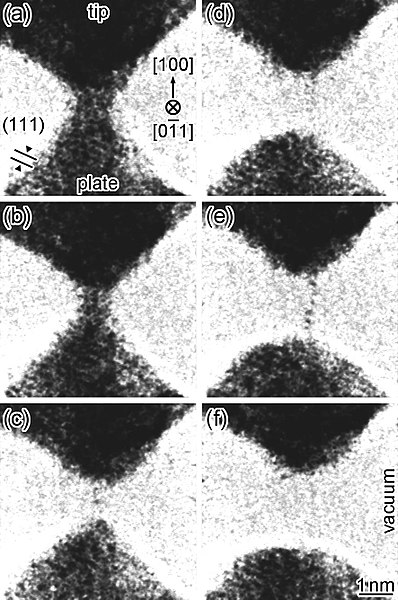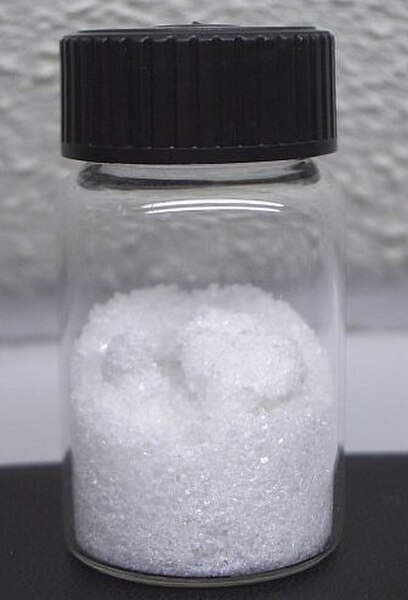Roman currency for most of Roman history consisted of gold, silver, bronze, orichalcum and copper coinage. From its introduction during the Republic, in the third century BC, through Imperial times, Roman currency saw many changes in form, denomination, and composition. A feature was the inflationary debasement and replacement of coins over the centuries. Notable examples of this followed the reforms of Diocletian. This trend continued with Byzantine currency.
Denarius of Marcus Aurelius. Legend: IMP. M. ANTONINVS AVG. TR. P. XXV.
Bronze aes signatum produced by the Roman Republic after 450 BC
Coins of the Roman Republic and Empire from Cassell's History of England, Vol. I
The rapid decline in silver purity of the antoninianus
Silver is a chemical element; it has symbol Ag ) and atomic number 47. A soft, white, lustrous transition metal, it exhibits the highest electrical conductivity, thermal conductivity, and reflectivity of any metal. The metal is found in the Earth's crust in the pure, free elemental form, as an alloy with gold and other metals, and in minerals such as argentite and chlorargyrite. Most silver is produced as a byproduct of copper, gold, lead, and zinc refining.
Silver
Silver is extremely ductile, and can be drawn into a wire one atom wide.
The three common silver halide precipitates: from left to right, silver iodide, silver bromide, and silver chloride
Crystals of silver nitrate








